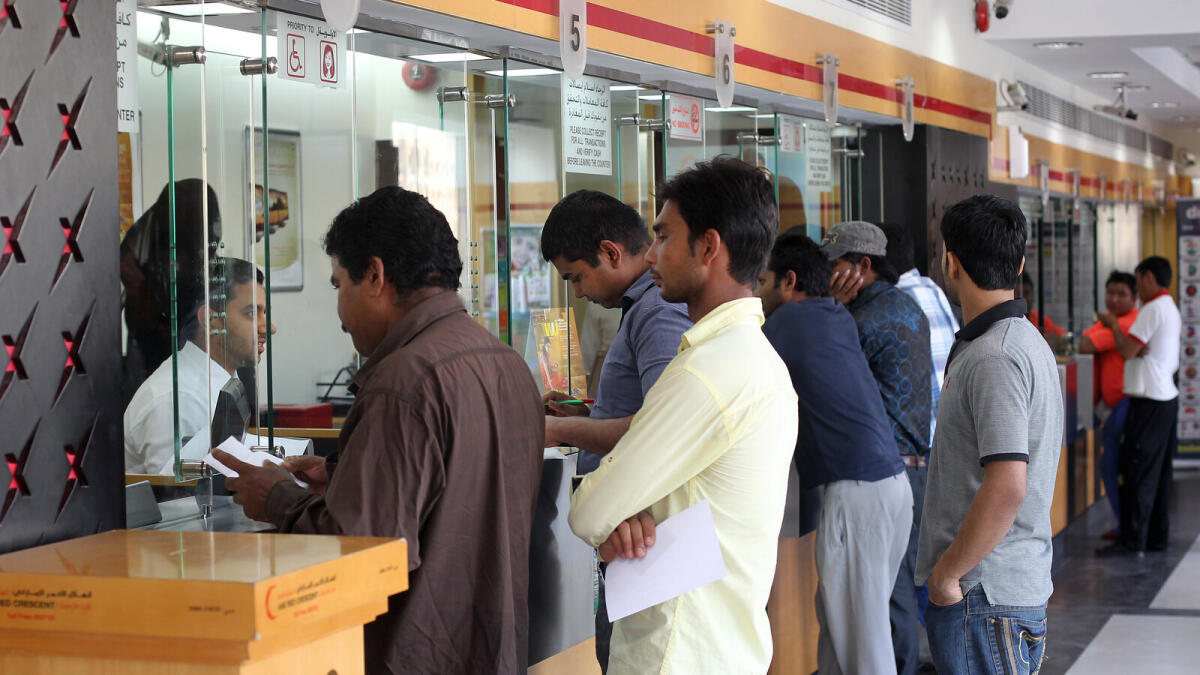Remittances from the UAE decreased by nearly three per cent in 2023, dropping to $38.5 billion from $39.67 billion the previous year, according to the World Bank. This decline has been a trend for the past four years, following a peak in 2019. The decrease in outward remittances from Saudi Arabia and the UAE can be attributed to the correction from pandemic-related disruptions. The UAE is the 8th largest destination for migrant workers worldwide, with the majority coming from countries like India, Pakistan, the Philippines, and others. In 2023, outward remittances from the GCC countries to destination countries decreased by 13 per cent compared to 2022, signaling a downward trend since 2019.
The World Bank identified post-Covid adjustments and Saudi Arabia’s policy of allowing foreign migrant workers to bring their families to the country as reasons for the decline in remittance outflows. This shift may result in fewer remittances being sent to home countries, affecting countries like Pakistan and some North African nations. In 2023, the top five recipient countries for remittances globally were India, Mexico, China, the Philippines, and Pakistan. Informal channels such as hawala or hundi are being used by migrants when there are no banking channels available, with the UAE regulating the hawala system by requiring registration of individuals engaging in such transactions.
The World Bank projects that remittances to India are expected to grow by 3.7 per cent in 2024 and 4 per cent in 2025. The diversification of India’s migrant pool between highly skilled migrants in high-income OECD markets and less-skilled migrants in GCC markets is expected to provide stability to remittances in the face of external shocks. Remittance flows to Pakistan are forecasted to recover and grow by 7 per cent in 2024, reaching $28 billion, and by 4 per cent in 2025, reaching about $30 billion. With the steady growth in remittances to countries like India and Pakistan, the outlook for global remittance flows remains positive.
Overall, the decline in outward remittances from the UAE and GCC countries reflects the changing dynamics in the region, influenced by factors such as post-pandemic adjustments and shifts in migrant policies. As remittance flows continue to evolve, countries like India and Pakistan are expected to see steady growth in inflows, driven by the diverse nature of their migrant populations. The regulation of informal channels in countries like the UAE demonstrates a commitment to transparency and accountability in financial transactions. With careful monitoring and policy adjustments, the future of remittance flows looks promising for both sending and receiving countries in the global economy. Stay informed with the latest updates on remittance trends and developments to navigate the changing landscape of international finance.











